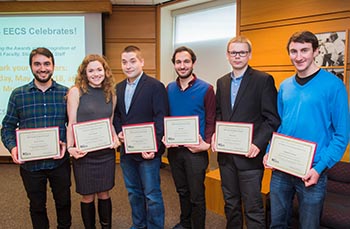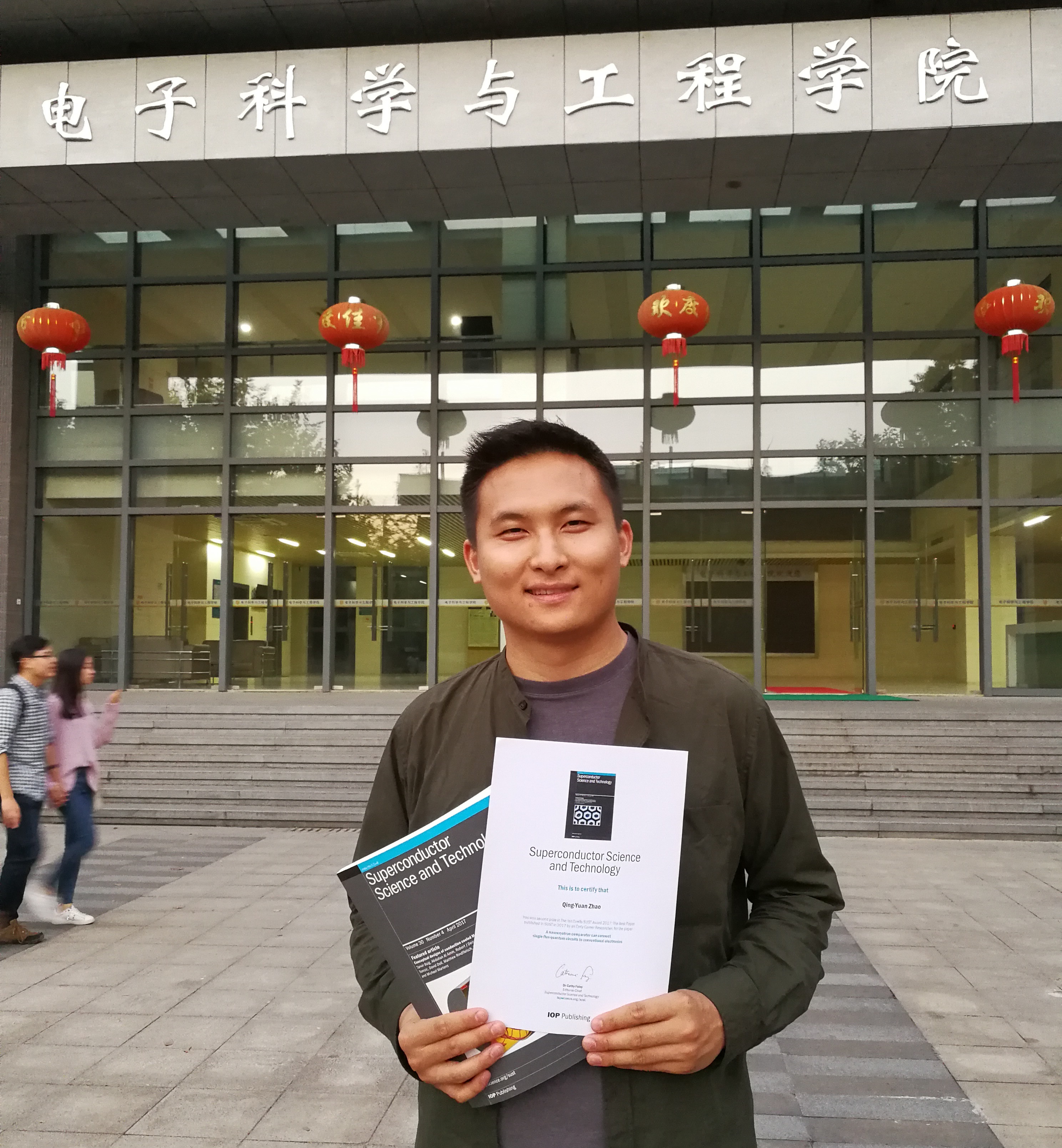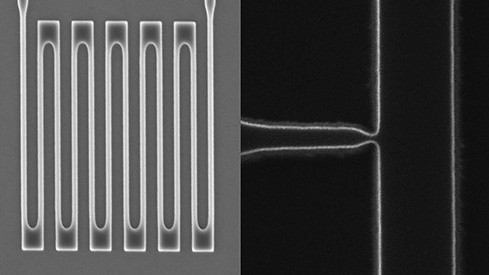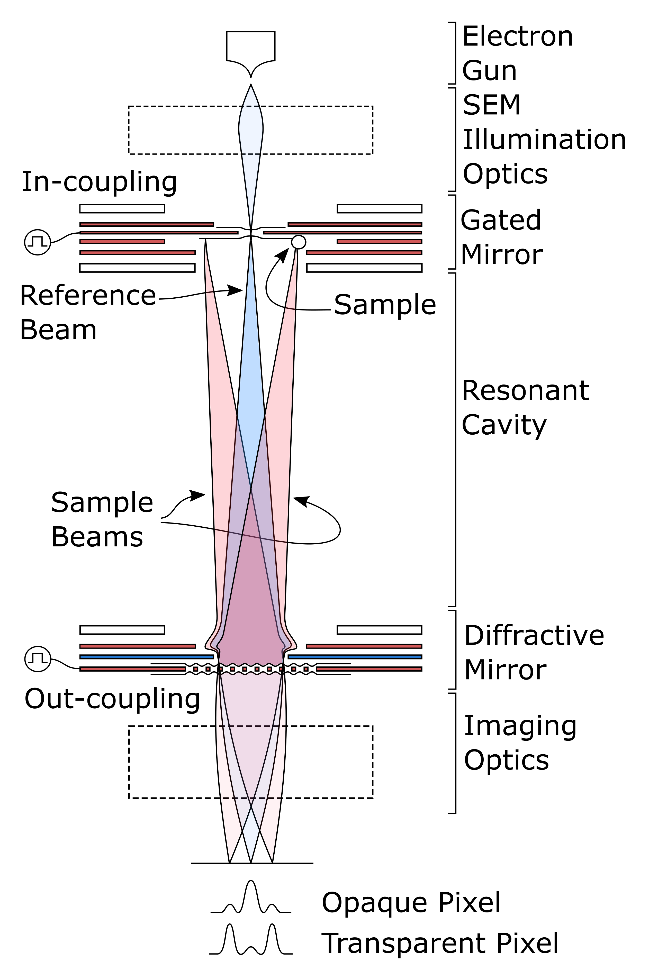News
Emily Toomey awarded 2017 Ernst A. Guillemin Thesis Award for best EE Master’s Thesis
Congratulations to Emily Toomey for being awarded the 2017 Ernst A. Guillemin Thesis Award for best electrical engineering Master’s Thesis in the Department of Electrical Engineering and Computer Science. Emily’s thesis, titled “Microwave response of nonlinear oscillations in resistively shunted superconducting nanowires” describes her work on studying the control of thermal behavior in superconducting nanowires through resistive shunting. In particular, it investigates how the resulting high-frequency relaxation oscillations interact with an external drive to produce behavior conventionally associated with Josephson junctions.
More information about this award may be found here.
Qing-Yuan Zhao awarded the 2nd prize in the Jan Evetts SuST award at EUCAS
Congratulation to former QNN post-doc Qing-Yuan Zhao for being awarded the 2nd prize in the Jan Evetts SuST award at the EUCAS conference for his paper:
Qing-Yuan Zhao, Adam N. McCaughan, Andrew E. Dane, Karl K. Berggren, Thomas Ortlepp. “A nanoCryotron comparator can connect single-flux quantum circuits to conventional electronics“. Superconducting Science and Technology 30, 044002 (2017)
NbN Nanowire Research Highlighted in Scilight
Recent work published by our group was featured in Scilight “New method for making superconducting NbN nanowires could make single photons easy prey” by Mark Bello.
The reference paper is:
Andrew E. Dane, Adam N. McCaughan, Di Zhu, Qingyuan Zhao, Chung-Soo Kim, Niccolo Calandri, Francesco Bellei, Karl K. Berggren. “Bias Sputtered NbN and Superconducting Nanowire Devices” Applied Physics Letters 111 (2017).
Welcome to Murat Onen and Marco Turchetti
Welcome to the group to our new EECS Ph.D. students Murat Onen and Marco Turchetti.
Marco Turchetti awarded Best Invited Poster at EIPBN
Congratulations to Marco Turchetti for being awarded Best Invited Poster at this year’s EIPBN conference in Orlando, FL. Details regarding his poster abstract may be found below:
Aberration-Corrected Quantum Electron Microscopy
Marco Turchetti, Chung-Soo Kim, Richard Hobbs, Navid Abedzadeh, Pieter Kruit and Karl K. Berggren
Quantum electron microscopy (QEM) is one of the most promising approaches that could overcome the resolution limit imposed by the radiation damage due to the minimum electron dose necessary to surpass shot noise. This is recognized as the main resolution limit when imaging biological specimens. A QEM scheme exploits the concept of interaction-free measurement in a resonant electron optical cavity, whose purpose is to generate and sustain two coupled states of the electron wavefunction, the reference and the sample states. In this work, we designed and simulated a linear resonant electron cavity, the core of a QEM apparatus, and we analysed the properties of each components necessary to build such a cavity. Moreover, we proposed and simulated two possible modifications to the base scheme demonstrating that they could efficiently be employed to correct spherical aberration inside the cavity. This could significantly improve the system final resolution. One involves insertion of a quadrupole-octupole corrector inside the cavity. The second one, instead involves substitution of the gated mirror with a hyperbolic triode mirror.



